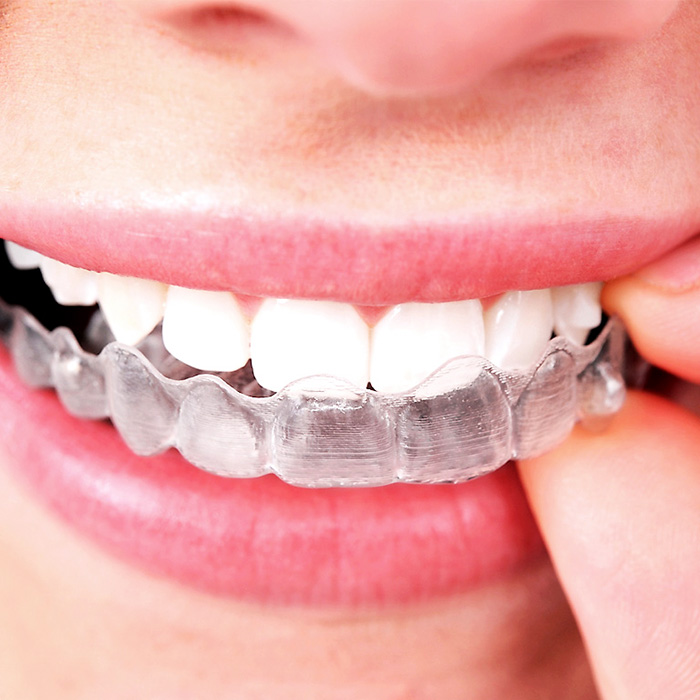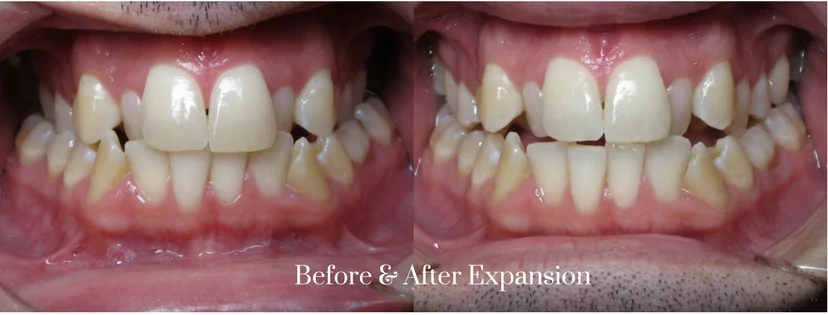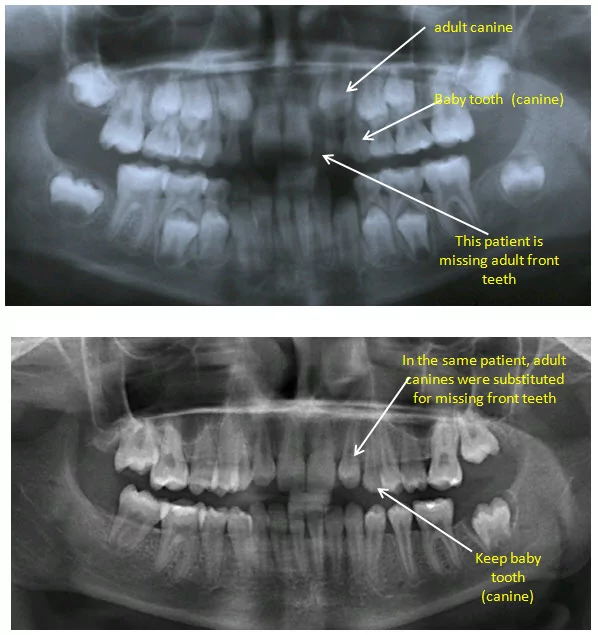If your dentist informs you that your child has congenitally missing teeth, it is important to have an orthodontic consultation as soon as possible. This is especially true if there are missing front teeth. Why Should You Seek Orthodontic Assistance for Cogenitally Missing Teeth? Why is this so important? Often, orthodontically, we can substitute primary teeth into missing permanent teeth positions. Also, often we can move permanent canines into the missing incisor positions. In this manner, we can prevent your child from having noticeably missing tooth spaces, and we can help to normalize the emergence pattern of the permanent teeth. Getting Orthodontic Treatment For Your Teenager If your child is already a teenager, then orthodontically we idealize missing tooth spaces so that an appropriately ideally sized prosthodontic tooth can be placed by your dentist. In this way it is virtually undetectable that a missing tooth situation exists. An orthodontic consultation…
childrens health
How Orthodontic Patients Can Avoid a Sticky Situation this Halloween
Five orthodontic-friendly recommendations from McSURDY Orthodontists October is National Orthodontic Health Month. And each October, thousands of kids have one thing on their mind: Halloween candy! For orthodontists, the Halloween season is all about helping patients avoid potentially sticky situations. October is the perfect time of year to learn about orthodontic health and how an orthodontist helps patients achieve beautiful, healthy smiles. Besides, everyone knows that Halloween candy can give any orthodontist a scare! Here are five timely tips to help protect braces, aligners and other orthodontic “appliances” while protecting teeth from decay. Let sticky foods RIP. If it’s hard, sticky, chewy or crunchy, stay away! Avoid caramel, taffy, bubblegum, licorice, gummies or any snack that can damage brackets or wires. Also, be sure to say “boo” to hard-shelled peanut candies, nuts or nut-filled candies, taco chips and popcorn (especially un-popped kernels). Choose “spooktacularly” soft foods. Opt for soft chocolates, peppermint…
Maintaining Your Post-Invisible Aligner Smile

Invisible aligners have become an attractive alternative to braces in recent years. Being able to get all the benefits of braces with such a low-profile appliance that can be removed for brushing, flossing, and eating can make the orthodontic process far more palatable. But what’s next after you’ve progressed through every aligner tray and your teeth are perfectly aligned? What will it take to maintain the smile you’ve always wanted? Wear Retainers As Recommended In some cases, the final invisible aligner tray can be used initially as a full-time retainer and eventually as a nighttime one after the patient’s teeth are correctly aligned. In others, a separate retainer will be recommended, and those tend to be sturdier. No matter what type of retainer you end up with, be sure to follow the care instructions in order to keep it clean and effective as long as possible. The reason it’s important to use retainers after…
Why is expansion of my upper jaw necessary?

Great Question! Expansion is the process of creating growth change — usually to help alleviate crowding which most often prevents the need for extractions. Expansion also can correct a dental cross bite where the back teeth fit inside of the lower back teeth.Not all cross bites, however, require a growth change. Often, the back teeth are tipped to fit inside the lower back teeth. In this case, we simply need to upright the upper molars cheek-wise to make the correction. We make the decision on whether to expand by measuring the width of the upper front teeth and the width of the jaw at the upper 1st permanent molars. The upper jaw should be 35 to 40 millimeters for us to obtain a stable result. So we actually measure to make sure there is a proper proportionality. James McNomara has been teaching this diagnostic method since the late 1980’s and…
Soda, Braces, And Your Teeth
What’s In That Drink? You probably already know that soda is chock full of sugar, but did you know that it’s also highly acidic? For reference, stomach acid, one of the strongest acids, has a pH of 1.5, whereas water is neutral at a pH of 7. Sodas generally range in acidity from a pH of 2-4. The strong acidity from citric and phosphoric acids is actually the reason for all the sugar—without it, soda would be too sour to drink! Effects On Teeth The sugar and acid in soda launch a two-pronged attack on your oral health. Sugar is bacteria’s favorite food, so you’re giving the bacteria in your mouth a feast when you drink anything full of sugar, which allows them to reproduce faster. You’ll end up with bad breath and a higher risk of cavities as a result. As for the acid, the protective enamel coating your teeth…

